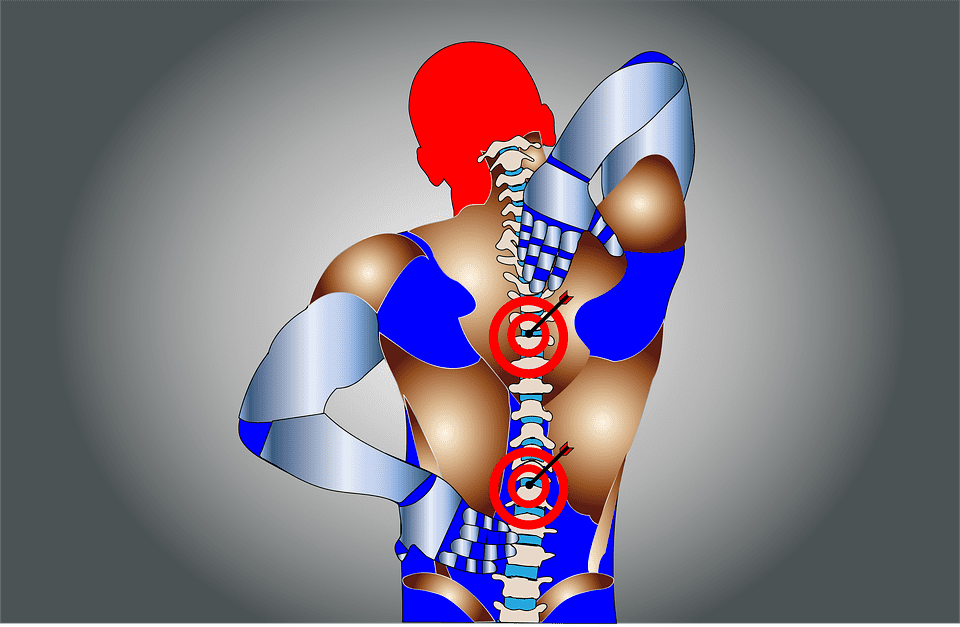A – Many back pain problems can be cured at home.
Lower back pain and stiffness generally gets better over time regardless of treatment. With that in mind, there are a number of self-care steps you can take to address your stiff back and make yourself more comfortable.
i – Experts estimate that up to 80% of the population will experience back pain at some time in their lives.
Worldwide, years lived with disability caused by low back pain have increased by 54% between 1990 and 2015. The good news is there are universal cures for most back pains.
You can cure your back pain at home by implementing these 3 steps:
Step 1: Eat an anti-inflammatory diet
The foods we eat – and how much – can prevent and reverse a host of health conditions, including some types of back pain.
Inflammation is your body’s natural response to protect itself from harm and is a known cause of back pain.
Studies have suggested that an anti-inflammatory diet can be just as effective at treating back pain as nonsteroidal anti-inflammatory drugs (NSAIDs), such as aspirin or ibuprofen.
- Foods that fight inflammation include:
- Brightly-colored fruits and vegetables, such as carrots, beets, sweet potatoes, blueberries, oranges, strawberries, and tomatoes
- Fatty fish, such as salmon, sardines, and mackerel
- Green, leafy vegetables, including spinach, kale, collards, and broccoli
- Healthy, monounsaturated fats, such as avocado, olive oil, and canola oil
- Nuts, including almonds and walnuts
- Seeds, such as chia, sunflower, and pumpkin
Step 2: Get enough calcium (but not too much)
Calcium is key for strong teeth and bones, and getting enough (along with vitamin D) can relieve back pain caused by conditions that affect bone mass and strength, such as osteoporosis.
Depending on age, most adults should get between 1,000 and 1,200 mg per day of calcium and between 600 and 800 international units of vitamin D per day.
Most patients shouldn’t get more than 2,000 mg of calcium a day because too much calcium can cause heart problems and increase the risk of bone fractures.
- Calcium-rich foods include:
- Canned sardines and salmon with the bones
- Dairy, such as plain yogurt, cheese, and milk
- Green, leafy vegetables, such as broccoli and bok choy
- Soybeans and tofu
Step 3: Watch the free video presentation.
>> This 30-Second Morning Ritual Keeps Your Back Pain-Free All Day…




